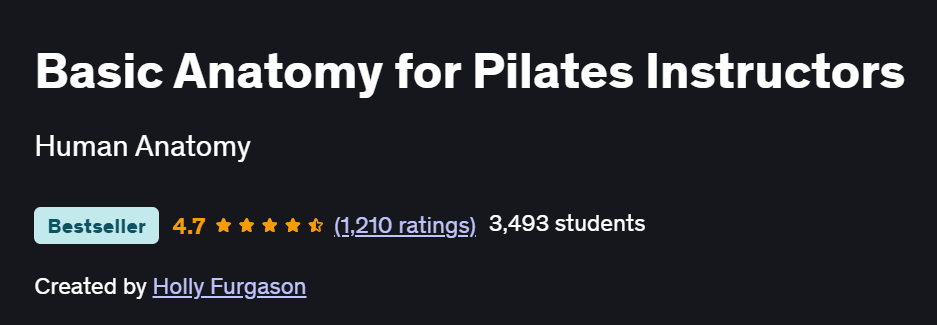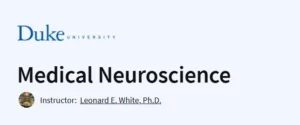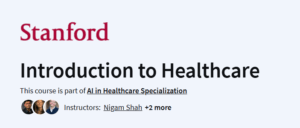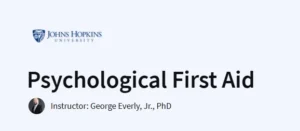What will you in Basic Anatomy for Pilates Instructors Course
- Identify major bones, joints, and muscle groups relevant to Pilates
- Understand how anatomy influences movement patterns and posture
- Apply functional anatomy principles to design safe, effective Pilates exercises
- Recognize common injury mechanisms and modify movements accordingly
- Communicate anatomy concepts clearly to clients for better body awareness
Program Overview
Introduction & Course Foundations
⏳ 30 minutes
Why anatomy matters in Pilates instruction
Overview of course structure and learning objectives
Skeletal System Essentials
⏳ 45 minutes
Major bones and joint types involved in Pilates movements
Understanding spinal alignment and pelvic positioning
Muscular Anatomy & Function
⏳ 1 hour
Key muscle groups: core stabilizers, hip extensors, scapular movers
Agonist/antagonist relationships and movement control
Biomechanics & Movement Analysis
⏳ 45 minutes
Principles of leverage, torque, and joint loading
Analysing common Pilates exercises through an anatomical lens
Exercise Application & Modifications
⏳ 1 hour
Translating anatomy into cueing for exercises like the Roll-Up and Teaser
Modifying movements for postural imbalances and injury prevention
Injury Prevention & Safe Practice
⏳ 45 minutes
Identifying red-flags and contraindications in Pilates clients
Designing safe progression plans and corrective strategies
Program Design & Assessment
⏳ 30 minutes
Structuring sessions using anatomical priorities
Assessing client alignment, range of motion, and functional goals
Get certificate
Job Outlook
- Pilates instructors with solid anatomy knowledge are in high demand for studios, gyms, and rehabilitation settings
- Understanding anatomy enhances credibility, client safety, and retention
- Opens pathways to advanced certifications (e.g., Therapeutic Pilates, Pilates for Injuries)
- Valuable for fitness professionals, physical therapists, and movement coaches integrating Pilates
Specification: Basic Anatomy for Pilates Instructors
|
FAQs
- Ensures exercises are safe and injury-free.
- Improves cueing and posture correction.
- Enhances client trust and credibility.
- Helps adapt sessions for different body types.
- Builds confidence in teaching advanced movements.
- No advanced background is required.
- Concepts are taught in simple, applied terms.
- Focuses only on anatomy relevant to Pilates.
- Uses visuals and examples for clarity.
- Suitable for both new and experienced instructors.
- Identifies red-flag movements and contraindications.
- Explains how to modify exercises safely.
- Highlights common injury-prone areas.
- Encourages progressive program design.
- Promotes proper alignment and biomechanics.
- Makes instructors more competitive in the job market.
- Opens roles in rehab, gyms, and boutique studios.
- Builds pathways to advanced therapeutic Pilates certifications.
- Increases client satisfaction and retention.
- Adds value for collaborations with physiotherapists.
- Yes, applicable in yoga, barre, and dance training.
- Supports safe strength and conditioning programs.
- Useful for personal trainers focusing on posture.
- Benefits physiotherapists introducing movement therapy.
- Enhances general body-awareness coaching.





